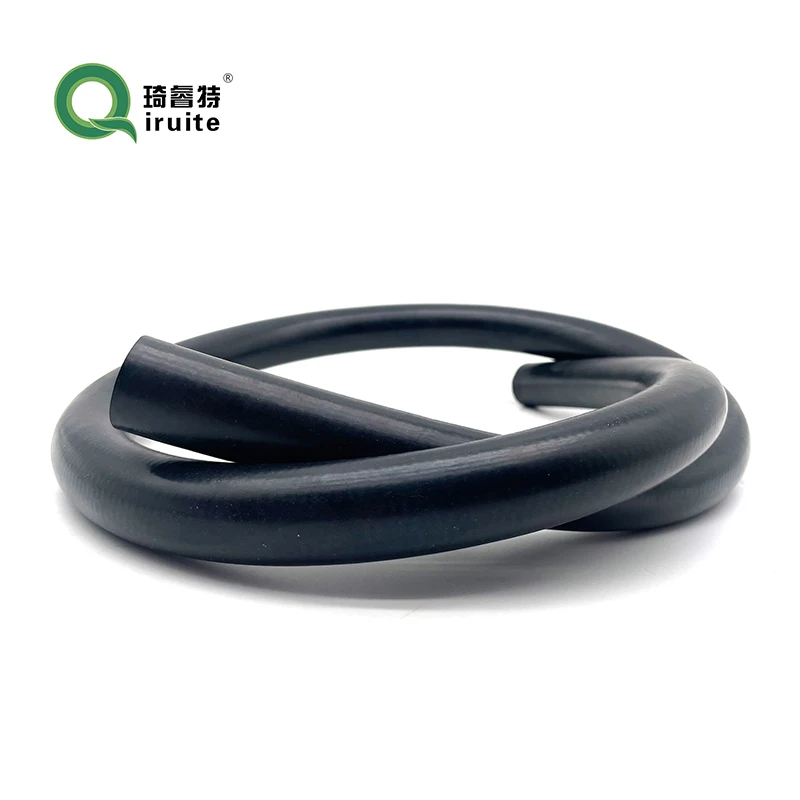Replacing the Power Steering Tube for Enhanced Vehicle Performance and Safety
Power Steering Tube Replacement A Comprehensive Guide
Power steering is a crucial component in modern vehicles, providing drivers with enhanced control and maneuverability. However, like all mechanical systems, power steering components can wear out over time, leading to decreased performance and potential safety issues. One component that often requires attention is the power steering tube. This article will explore what a power steering tube is, the signs it may need replacement, and a step-by-step guide on how to replace it.
What is a Power Steering Tube?
The power steering tube is a conduit that transports hydraulic fluid from the power steering pump to the steering gear. This fluid is responsible for assisting the driver in steering the vehicle with minimal effort. The power steering system operates under high pressure, and any leaks or damage to the tube can lead to a complete failure of the power steering system, making it crucial for vehicle safety and performance.
Signs of a Failing Power Steering Tube
Several indicators can signal that your power steering tube may need to be replaced
1. Fluid Leaks If you notice a reddish-brown fluid pooling under your vehicle, it could be power steering fluid leaking from the tube. Regularly check for puddles or stains on your driveway or garage floor.
2. Steering Difficulty If you find it increasingly difficult to steer your vehicle, especially at low speeds, this could signify low fluid levels due to a leak in the power steering tube.
3. Unusual Noises Hear any whining, groaning, or squealing noises when turning the steering wheel? These sounds often indicate that your power steering system is struggling, possibly due to insufficient fluid pressure.
4. Warning Lights Some vehicles may display warning lights on the dashboard to indicate a problem with the power steering system. Always pay attention to these alerts and investigate any potential issues.
How to Replace a Power Steering Tube
Replacing a power steering tube can be a straightforward task if you have basic mechanical skills and the right tools. Here's a step-by-step guide
Tools and Materials Required
power steering tube replacement

- Wrenches and sockets - Screwdrivers - Pliers - New power steering tube - Power steering fluid - Drain pan - Safety glasses and gloves
Step-by-Step Instructions
1. Safety First Park your vehicle on a flat surface and engage the parking brake. It’s advisable to wear safety glasses and gloves throughout the process.
2. Locate the Power Steering Tube Open the hood and locate the power steering pump and the tube that connects it to the steering gear, usually made of metal or rubber.
3. Drain the Fluid Place a drain pan underneath the power steering pump to catch any leaking fluid. Use a wrench to disconnect the tube from the pump and allow the fluid to drain completely.
4. Remove the Old Tube Loosen and remove any bolts or clamps holding the tube in place. Carefully detach the other end of the tube from the steering gear. Be cautious, as old tubes may be corroded or brittle.
5. Install the New Tube Attach the new power steering tube to the steering gear first. Make sure the connections are secure and tight. Repeat this process for the connection to the power steering pump.
6. Refill Power Steering Fluid Once the new tube is installed, refilling the power steering fluid is essential. Check your vehicle’s manual for the recommended type of fluid.
7. Bleed the System To remove any air trapped in the system, turn the steering wheel from lock to lock several times while the engine is running. This will help circulate the fluid and eliminate air bubbles.
8. Check for Leaks After you’ve replaced the fluid and bled the system, inspect all connections to ensure there are no leaks. It’s crucial to address any leaks immediately to prevent further damage.
9. Test Drive Take your vehicle for a short test drive to ensure the power steering is functioning correctly. Listen for any unusual noises and pay attention to steering responsiveness.
Conclusion
Replacing a power steering tube is a vital maintenance task that can significantly enhance your vehicle's performance and safety. By recognizing the signs of a failing tube and performing the replacement yourself, you can save money and ensure your vehicle operates smoothly. Regular inspections and maintenance of your power steering system will not only extend its lifespan but also enhance your driving experience. If you're ever in doubt, don't hesitate to consult with a professional mechanic.
-
Ultimate Spiral Protection for Hoses & CablesNewsJun.26,2025
-
The Ultimate Quick-Connect Solutions for Every NeedNewsJun.26,2025
-
SAE J1401 Brake Hose: Reliable Choice for Safe BrakingNewsJun.26,2025
-
Reliable J2064 A/C Hoses for Real-World Cooling NeedsNewsJun.26,2025
-
Heavy-Duty Sewer Jetting Hoses Built to LastNewsJun.26,2025
-
Fix Power Steering Tube Leaks Fast – Durable & Affordable SolutionNewsJun.26,2025

